cultural travel
Here are some of the travel books I’ve been reading the past few months, any of which would make a nice gift for the hodophile among your family, friends, colleagues — or for yourself, of course.
They’re selected to get those travel juices flowing again (if they aren’t already).
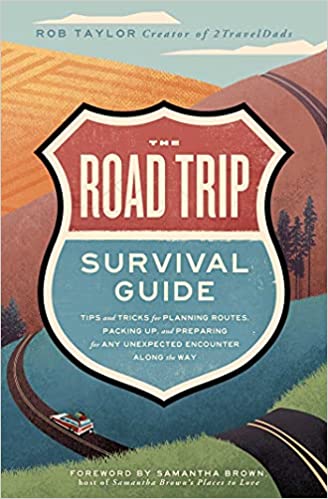
The Road Trip Survival Guide
By Rob Taylor (Tiller Press, 2021)
Even as the Covid epidemic was dealing severe blows to airline, cruise, and international travel, domestic road trips were zooming in popularity in 2020-21, making this practical yet enjoyably written guide a timely read.
Penned in a folksy style, Rob Taylor encourages readers to “explore at their own speed” and modify his suggestions as needed to fit their own circumstances.
That said, just about any road-tripper (novice or experienced) can find loads of tips within these pages. Divided into five sections — Planning, Packing, Road Trip Food, Safety, and… Continue reading

Here are the answers to our previous post, A Ghoulish Halloween Travel Quiz.
1. If you want to visit the countries where Halloween originated, where would you go?
a. Romania and Bulgaria
b. Germany and France
c. Ireland and Scotland
d. Hungary and Slovakia
The correct answer is C, Ireland and Scotland. Halloween has its roots in ancient Celtic myths, and modern-day American Halloween traditions evolved from those brought by 19th-century Irish immigrants to the U.S.
2. Where would you find the world’s longest, deepest haunted “house”?
a. Lewisburg, Ohio
b. Rapid City, South Dakota
c. Blackfoot, Idaho
d. Lexington, Kentucky
The correct answer is A, Lewisburg, Ohio. The haunted “house” is actually located in a 3,500-foot-long cave located some 80 feet underground, complete with thousands of bats.
3. What European castle is said to have inspired Bram Stoker’s novel, Dracula?
a. Neuschwanstein, Germany… Continue reading
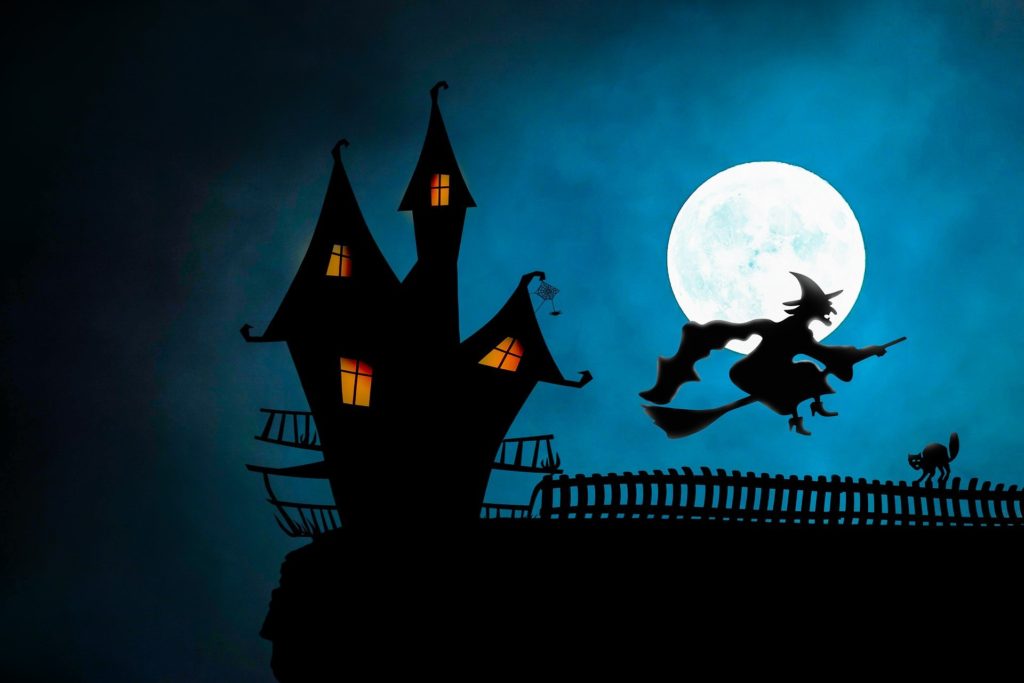
If you’re looking to expand your Halloween fun beyond handing out candy to trick-or-treaters or dressing up like ex-presidents at costume parties, take our Halloween travel quiz. You might even pick up an idea or two for your next ghoulish holiday.
Some questions are easy, some are harder — but we’re betting you don’t stand a ghost of a chance of getting all the answers right without ghoulgling!
1. If you want to visit the countries where Halloween originated, where would you go?
a. Romania and Bulgaria
b. Germany and France
c. Ireland and Scotland
d. Hungary and Slovakia
2. Where would you find the world’s longest, deepest haunted “house”?
a. Lewisburg, Ohio
b. Rapid City, South Dakota
c. Blackfoot, Idaho
d. Lexington, Kentucky
3. What European castle is said to have inspired Bram Stoker’s novel, Dracula?
a. Neuschwanstein, Germany
b. Bran Castle, Romania
c.… Continue reading
I confess — other than Latin, I was never very good about picking up foreign languages (and alas, speaking Latin won’t get you too far these days).
I used to joke that I could say the word for “beer” in 18 languages, especially since some of them were variations of the word “beer.” And even I couldn’t forget how to say cerveza. (I was also fluent in vino and café.)
I have been able to draw on my somewhat less-than-stellar performance as a French student in high school and college and, during months of travel in Spain, learned enough, among other necessities, to ask for the hombres room after drinking too much cerveza.
All this is to say that I wish I had absorbed more of the local languages while traveling, especially in my younger days, since so many people around the world now speak English that it’s… Continue reading
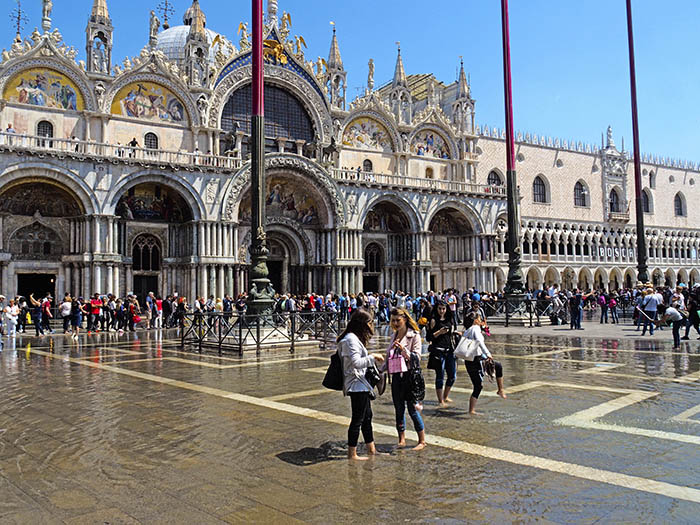
Venice has always been one of my favorite cities. If there’s a more beautiful city in the world, I haven’t found it. And millions of other people would say the same.
And therein lies the problem: Millions of people visiting (and tromping through) one of the most fragile cities on the planet — at the rate of 80,000 per day in summer, far outnumbering Venice’s own residents.
After all, the city is built on a lagoon, canals snake through its heart, and its centuries-old palazzos, churches, and art treasures are subject to erosion, flooding, and tsunamis of tourists as well.
It’s been called a “poster child for overtourism” — meaning, simply, too many tourists for its own good, compounded by massive infusions of cruise ship passengers and other day-trippers. It’s remarkable that any gondolier worth his stripes can maneuver his full craft through the gondola-traffic-choked canals and still… Continue reading

I don’t envy the Japanese officials who are trying to stage an Olympics in the middle of a pandemic. In fact, word is that they considered cancelling the whole shebang just three days before the Opening Ceremonies.
According to polls and protests, a majority of Japanese aren’t on board with the Games, due to rising COVID cases, limitations on their activities, cost overruns, and, of course, the usual scandals that surround any Olympics. Sponsors like Toyota aren’t happy either, and are downplaying their roles.
Some $15 billion has been invested in the Games so far, with no spectators allowed except for the media and a smattering of VIPs. How many bento boxes from the mostly deserted concession stands can they consume?
The weather is hot and muggy and may be brewing a typhoon.
The director of the Opening Ceremonies was… Continue reading
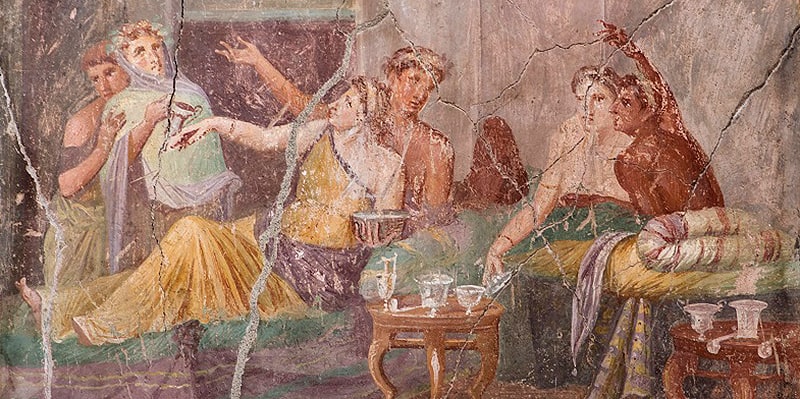
As I was browsing through some of my late mother’s memorabilia on Roman times — she taught classics at George Washington University for years — I came across an interesting set of recipes attributed to M. Gavius Apicius, said to have lived in the time of the emperor Tiberius (AD 14-37).
Tiberius, stepson of Augustus Caesar, was reputedly a nasty fellow and some of the contemporary Roman cuisine seems to reflect that. (More on that in a moment.)
Apicius himself was reputed to have spent a fortune (one hundred million sesterces!) on food and, when facing starvation due to his eventual impecuniousness, drank a vial of poison. But before that he had written two cookbooks and established himself as the Mario Batali of his day.
According to an author named… Continue reading

Editor’s Note: This is Part II of “Bordering on Madness,” chronicling the adventures and misadventures of Contributing Writer Robert Waite as he journeys from England to Moscow and back in 1971, driving a vintage Triumph Spitfire. As we pick up the tale, he has just entered the USSR after refusing to drive his car into a six-foot-deep concrete pit at the border.
If you missed Part I of “Bordering on Madness,’ you can read it here.
By Robert Waite
On this first day we drove to the city of Minsk, which today is the capital of an independent Belarus, but was then part of the Soviet Union.
The roads were relatively empty, save for a few lumbering, diesel smoke-spewing trucks. We made it to our hotel at about… Continue reading
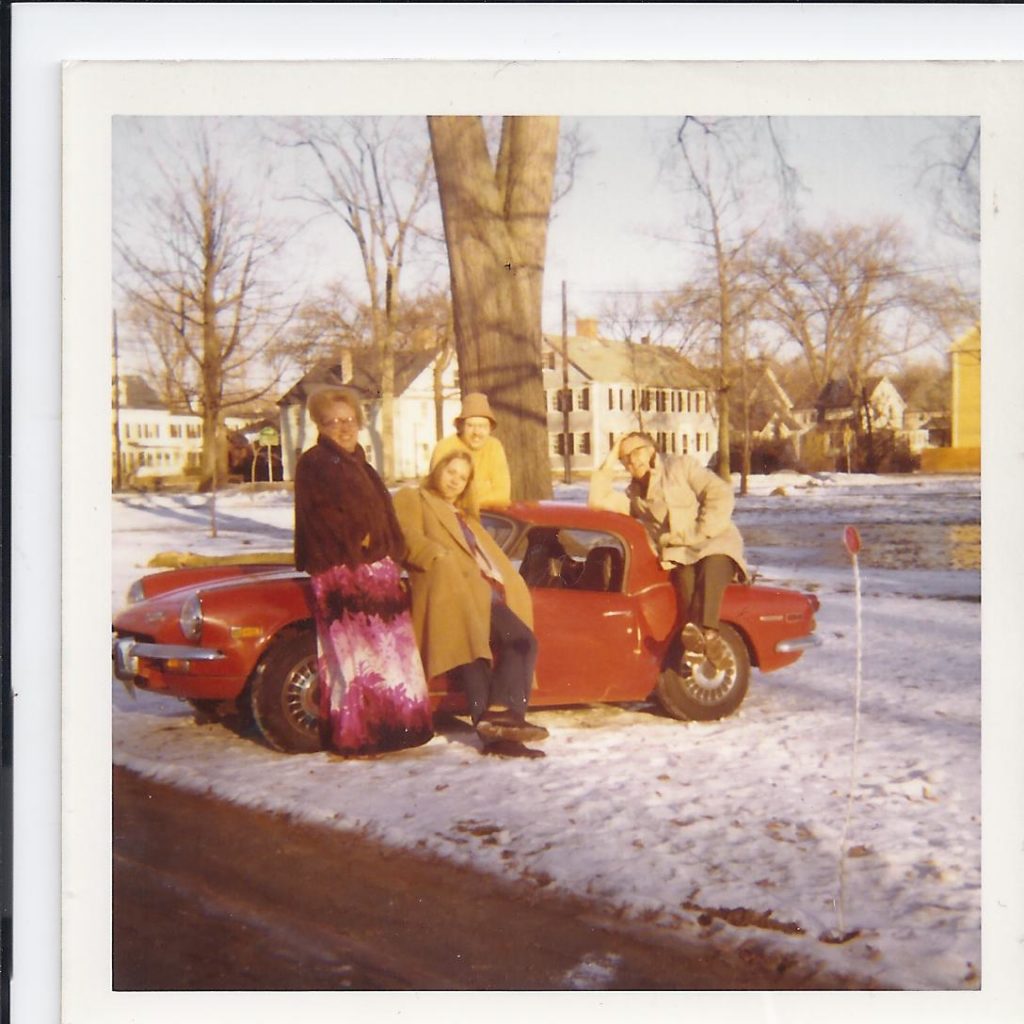
While I’ve traveled to Russia following the fall of the Soviet Union, I never had the pleasure of visiting the USSR in all its glory, with its 15 “autonomous republics,” its delightful-sounding “Intourist guides” — who shadowed you night and day — and restaurants where waiters served you mostly bad food when they felt like it, which they usually didn’t.
But fortunately, we have roving Contributing Writer Robert Waite to give us a glimpse into what it was like to journey to the 1971 Soviet Union in what was a highly unlikely form of transport, a vintage two-seater Triumph Spitfire.
Able to proceed only at the whim of the Spitfire’s capabilities, Bob and his companion managed to overcome mounds of aptly named bureaucratic red tape — and a cast… Continue reading
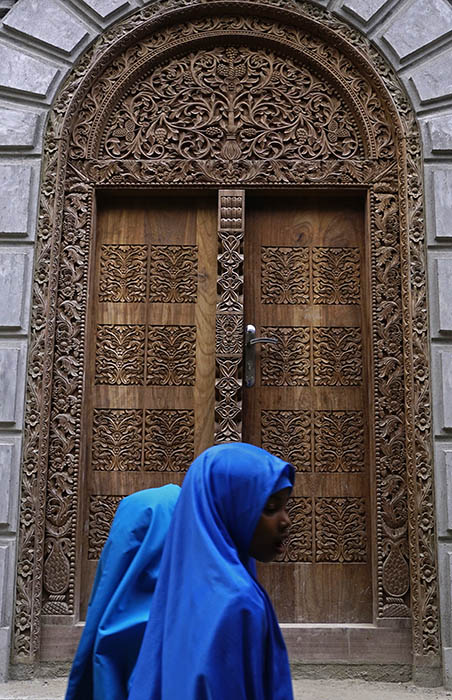
I was interested to come across a recent report that the Indian Ocean island of Zanzibar was cracking down on tourists wearing skimpy attire in public.
According to CNN, Lela Muhamed Mussa, the minister of tourism, declared that tourists must cover themselves from shoulder to knee in public places — or their tour guides or operators would pay the price, with fines ranging from U.S.$700 to $2,000. (Tourists themselves, who support the bulk of the local economy, are exempted, though they’re likely to draw stares and recriminations from offended local residents.)
Predominantly Muslim Zanzibar attracts up to 30,000 tourists per month, attracted by its combination of sandy, sunny beaches bordering sapphire waters and the island’s equally colorful (if often sordid) history, centered around Stone Town, Zanzibar’s capital. It’s when the… Continue reading










